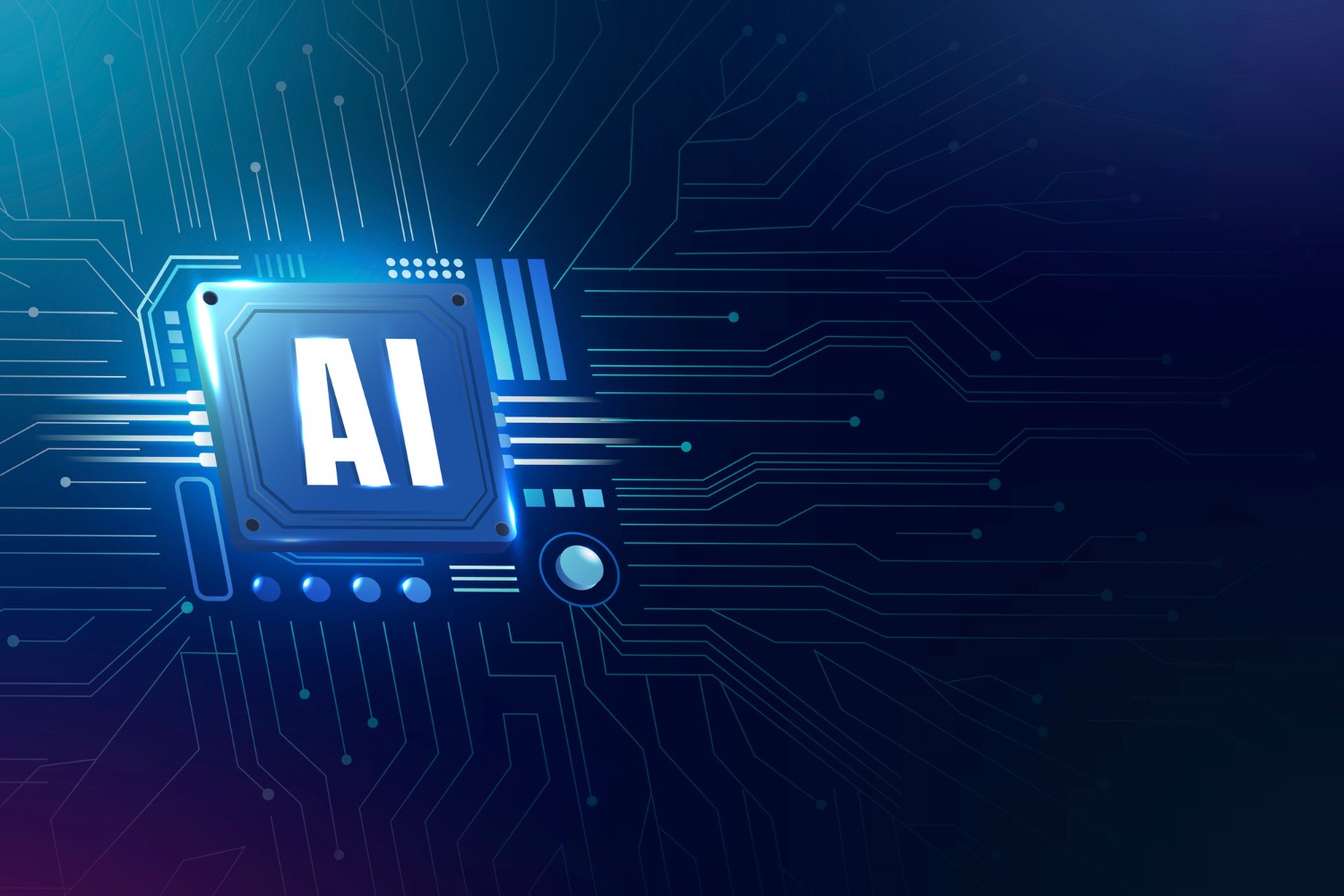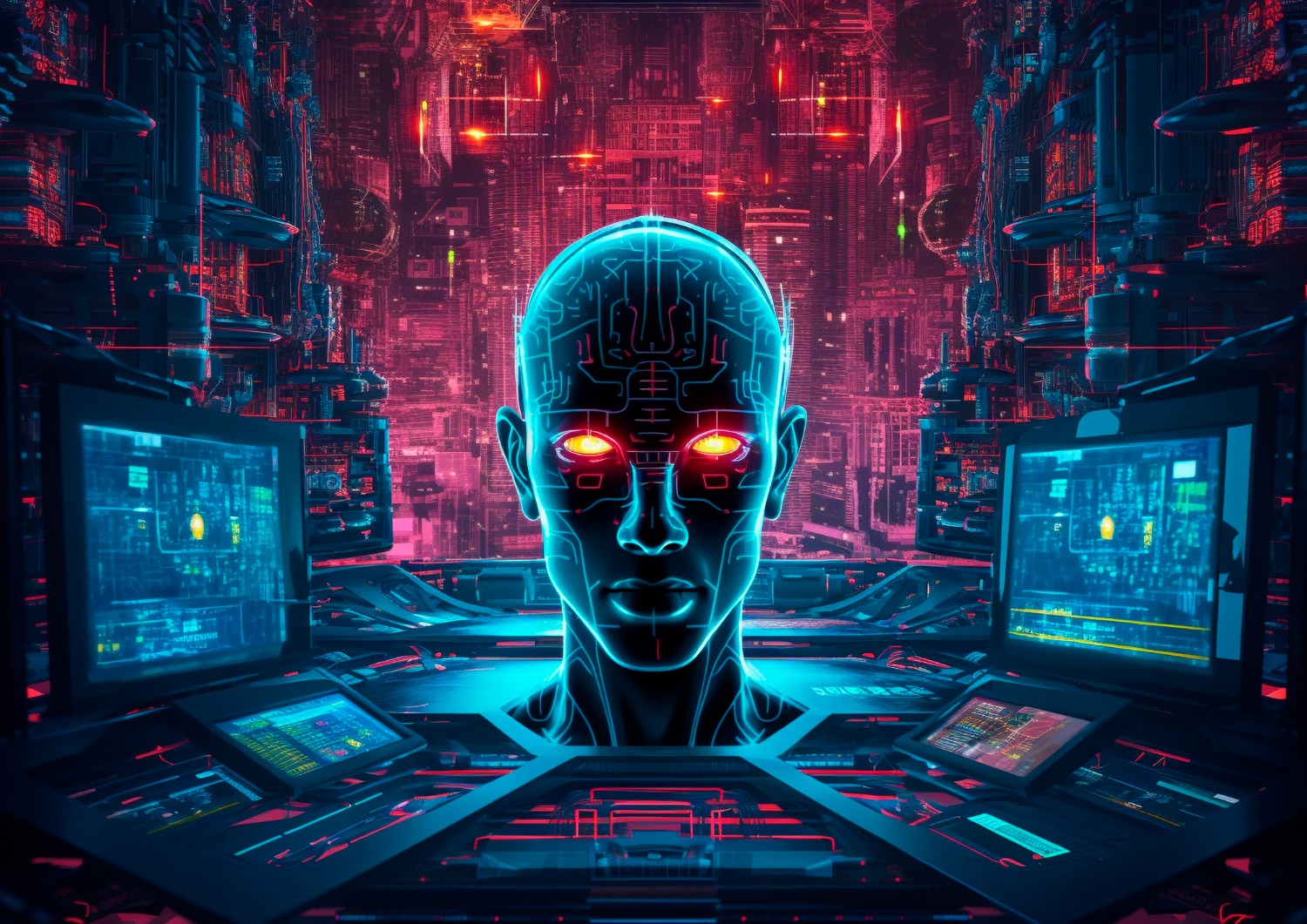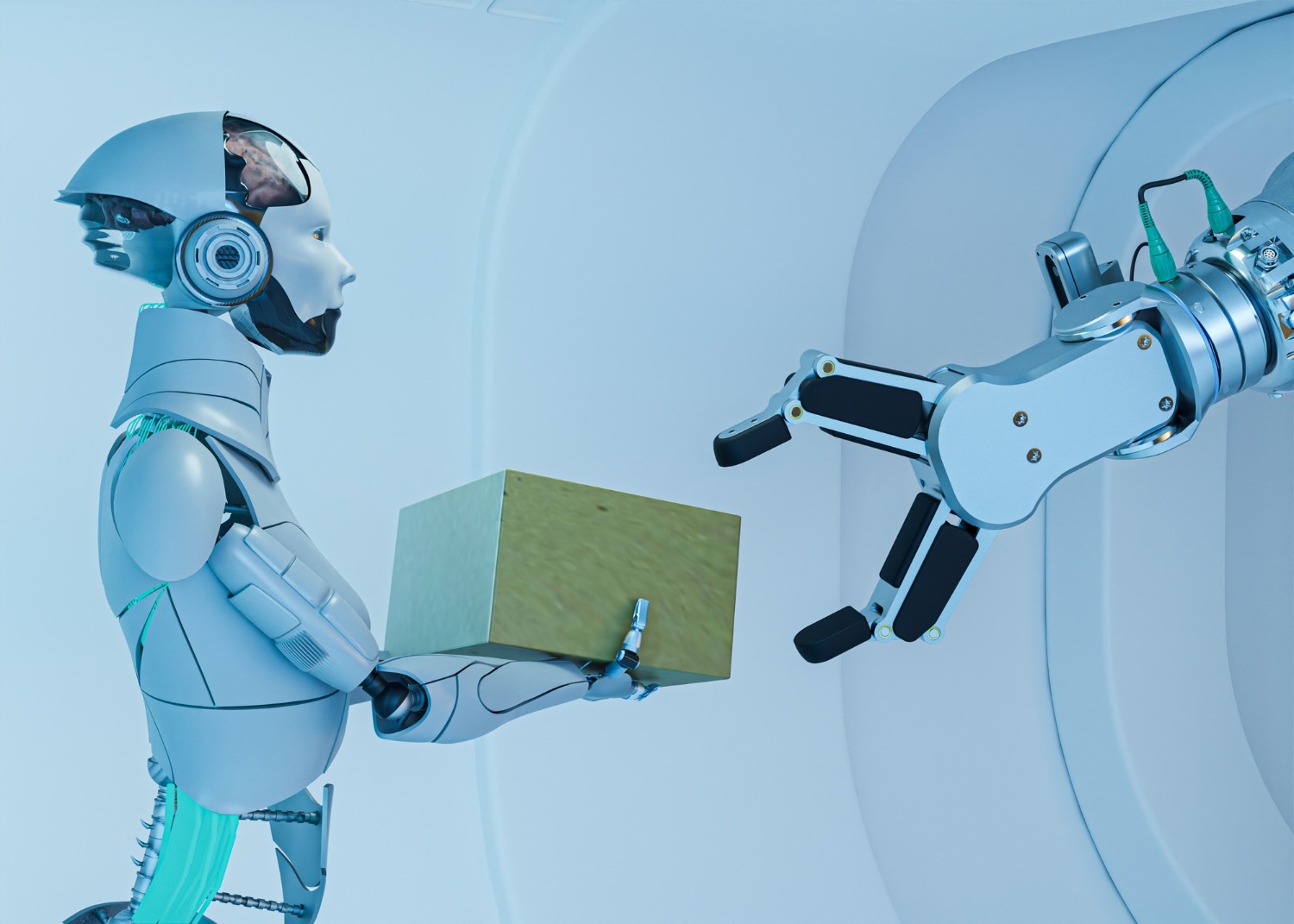AI in IT: How Generative AI is Enhancing Enterprise Workflows
Artificial Intelligence (AI) is transforming businesses worldwide, but one of its most exciting developments is Generative AI. Unlike traditional AI, which relies on predefined rules, generative AI can create content, analyze complex data, automate workflows, and improve decision-making.
For IT enterprises, this means faster operations, enhanced security, and improved customer experiences. Whether it’s automating coding tasks, strengthening cybersecurity, or streamlining cloud management, generative AI is revolutionizing IT workflows.
Explore how generative AI is reshaping IT enterprise workflows, its benefits, use cases, and how businesses can integrate it effectively.
What is Generative AI?
Generative AI refers to AI models that can generate new content, whether it’s text, images, code, or even complex solutions. Unlike rule-based AI, generative AI learns from vast datasets and produces intelligent outputs that mimic human creativity and reasoning.
Some well-known examples include:
- Chatbots like ChatGPT – Generate human-like text responses.
- Code Generators like GitHub Copilot – Assist developers in writing and debugging code.
- AI Design Tools like DALL·E – Create unique graphics and images.
For IT enterprises, the potential is enormous. Generative AI can automate IT processes, improve system security, enhance data analysis, and optimize customer support.
How Generative AI is Enhancing Enterprise IT Workflows
1. Automating Software Development and Code Generation
Faster and More Efficient Coding
Generative AI-powered tools like GitHub Copilot and Tabnine assist developers by suggesting code snippets, debugging, and even generating entire scripts. This helps IT teams write cleaner, more efficient code with fewer errors.
Automated Testing & Debugging
AI can automatically test software and detect vulnerabilities, reducing time spent on manual quality checks. This improves software reliability and speeds up the development cycle.
Code Optimization
AI-powered tools analyze performance bottlenecks in real time, helping developers optimize code for better speed and efficiency.
Key Benefits: Faster development cycles, reduced errors, and enhanced software quality.
2. Enhancing Cybersecurity and Threat Detection
AI-Powered Threat Detection
Cybersecurity threats are evolving, and generative AI is helping IT enterprises stay ahead of hackers. AI can analyze vast amounts of data, detect unusual behaviour, and predict potential cyberattacks before they occur.
Automated Incident Response
AI-driven systems can automate responses to security threats, such as blocking malicious IPs or isolating infected systems, reducing damage from cyberattacks.
Phishing and Fraud Prevention
Generative AI can analyze email patterns, detect phishing attempts, and alert employees before they fall victim to scams.
Key Benefit: Stronger security, faster response times, and reduced cybersecurity risks.
3. Optimizing Cloud Computing and IT Infrastructure
Smart Cloud Resource Management
AI can automate cloud workload distribution, ensuring efficient use of resources and reducing costs.
Predictive Maintenance
By analyzing system performance, AI can predict potential hardware failures and schedule maintenance before issues escalate.
Automated IT Support & Monitoring
AI-powered IT support bots can troubleshoot server issues, optimize storage, and improve network performance with minimal human intervention.
Key Benefits: Reduced downtime, cost savings, and optimized IT infrastructure management.
4. Revolutionizing IT Helpdesks and Customer Support
AI Chatbots for Instant Support
Generative AI chatbots provide instant IT support, reducing wait times for employees and customers.
Self-Service Knowledge Bases
AI can create and maintain smart knowledge bases, allowing users to find solutions without contacting IT support.
Sentiment Analysis for Better User Experience
AI can analyze support interactions and identify pain points, helping IT teams improve customer service.
Key Benefits: Faster resolutions, improved user experience, and reduced IT support workload.
5. Intelligent Data Analysis and Decision-Making
Automated Data Processing
AI can process large datasets and extract meaningful insights in seconds—something that would take humans hours or even days.
Predictive Analytics
By analyzing trends, generative AI helps businesses make data-driven decisions, such as optimizing IT budgets or predicting future technology needs.
Anomaly Detection
AI can detect unusual patterns in IT systems, flagging potential fraud, system failures, or cyber threats before they cause harm.
Key Benefits: Better decision-making, faster data analysis, and improved business efficiency.
How Enterprises Can Integrate Generative AI in IT Workflows
1. Identify Key Areas for AI Implementation
Not every task requires AI. Businesses should assess their IT operations and identify areas where AI can deliver the most value, such as cybersecurity, cloud optimization, or software development.
2. Choose the Right AI Tools
Selecting the right AI platforms is crucial. Some top AI solutions include:
- ChatGPT & Bard – AI for customer support & knowledge management.
- GitHub Copilot – AI for code generation & debugging.
- Darktrace & Microsoft Defender – AI for cybersecurity threat detection.
3. Train IT Teams to Work with AI
AI isn’t meant to replace humans but to enhance productivity. IT teams must receive proper training on how to use AI tools effectively.
4. Ensure AI Ethics and Compliance
As AI processes sensitive enterprise data, businesses must ensure compliance with data privacy regulations like GDPR and CCPA. AI should be transparent, secure, and free from biases.
5. Monitor AI Performance and Improve Continuously
AI is constantly evolving. Regularly monitoring AI performance and updating strategies will help businesses maximize benefits.
Pro Tip: Start small, measure impact, and scale AI adoption gradually across IT workflows.

Challenges and Risks of Generative AI in IT
While AI offers immense benefits, businesses must also be aware of potential risks:
❌ Data Security Risks: AI models can be vulnerable to cyberattacks if not properly secured.
❌ Bias in AI Models: AI models may inherit biases from training data, leading to unfair decisions.
❌ High Implementation Costs: While AI adoption reduces long-term costs, the initial setup can be expensive.
❌ Job Displacement Concerns: AI can automate many tasks, raising concerns about job security.
✅ Solution: A balanced AI adoption strategy, strong security measures, and human oversight can mitigate these risks.
Conclusion: The Future of Generative AI in Enterprise IT
Generative AI is no longer just a futuristic concept—it’s actively transforming IT enterprises today. From automating coding tasks and strengthening cybersecurity to optimizing cloud resources and enhancing customer support, AI is making IT workflows more efficient, secure, and intelligent.
However, businesses must adopt AI strategically, ensuring ethical use, proper training, and ongoing monitoring. With the right approach, AI can empower IT teams, reduce workloads, cut costs, and drive innovation.




